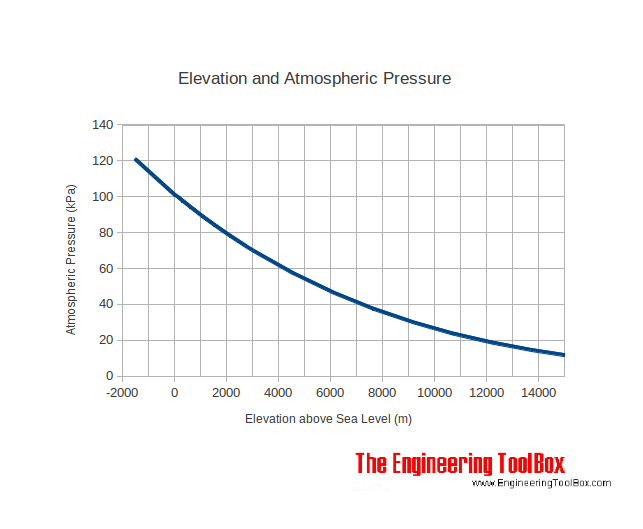The question:
What characteristics are necessary for a planet to be habitable for humans? What should the generic star and planet be like?
The life forms are human, so they
- Need to have access to water (they can melt snow or ice in their mouths, given sufficient surplus metabolic energy).
- Breathe some form of air containing the right amount of oxygen (and not too much carbon dioxide) at the correct pressure (below the death-zone).
- Live in a place with a temperature range similar to that on Earth. They can live in any climate zones, from the tundra to the tropics.
- Live exclusively on the ground, as human ancestors began to do millions of years ago.
- Eat natural foods similar to the ones humans eat — vegetables, fruits, meat, etc.
- Need to live in a natural environment, i.e. not something constructed by another species, such as a space station or protective dome. They should be able to live without protective gear that they can't construct with simple tools (parka, igloo, etc. are fine; oxygen concentrators are not)
- Need to have evolved on the planet and not simply left there, as with colonization.
This question is designed to cover the characteristics the planet must have to support life, in order to make the answer shorter, easier to browse through, and less confusing.
After quite some time, the answer has gotten rather large and cluttered. Therefore, it is being broken down into several smaller answers, in order to enhance readability.
Related: Making a planet habitable for humanoids: The star
This is the result of the meta question Should there be a canonical "habitability" question? In that, I put forward arguments for a canonical question and answer addressing general aspects of the habitability of a planet in order to avoid rehashing the same points over and over in answers to specific questions. This is that canonical question and answer.
The answer will be community wiki, so anyone can edit it and add to it. I'd like to make it organized, though, so please adhere to some basic guidelines to make it neat:
- Use breakheads (see the button right of the bullet-list in the toolbar) to denote the title of a subsection, and large (#Large) text to denote the title of a major section (e.g. Planet and Star). Formatting examples are given in the answer.
- Use $\LaTeX$ for mathematics.
- Add in links to sources such as Wikipedia and NASA using either in-text links ('[Site name] (Site URL)') or footer links ('[Site name][#]' with '[#]:Site URL' at the bottom). Use '![Description] (Image URL)' for images, though make sure that the image is available for use. Wikipedia images are always usable.
- Resolve any disputes over accuracy in chat and not in an edit war.
- Cite your sources and be accurate! Papers and pre-prints are always nice (see for example arXiv), though Wikipedia should also be okay.
One thing to consider is that there's a 30,000-character limit for an answer; the answer is currently at 7,016 (with spaces). The answer could be broken up, if necessary, into separate answers about the star, planet, and other stuff. See also this Meta question.







